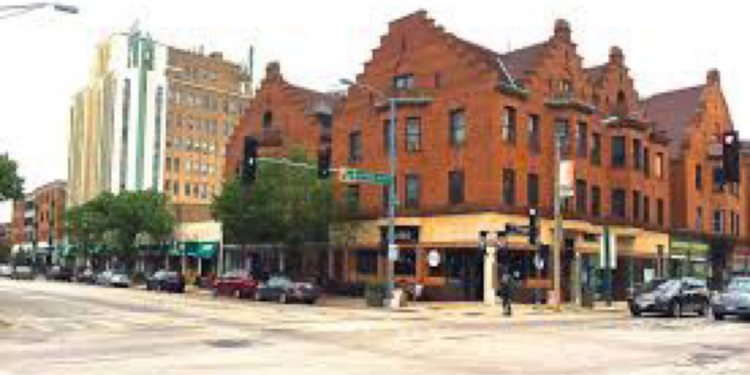


By Steve Sailer
09/01/2011
In response to my review of Bruce Norris’s outstanding Chicago real estate play, Clybourne Park, James Kabala asks a good question:
What if, when the first middle-class black family or two had moved into Austin, NO ONE had panicked and sold. Wouldn’t that have kept the neighborhood safe? An underclass family can’t buy a house if the house isn’t for sale! It seems as if the neighbors Steve commends as more practical/realistic/conservative were actually selling out the neighborhood both literally and metaphorically. If they had stayed put, there would have been no houses for anyone (white or black, middle-class or underclass, law-abiding or criminal) to buy, and the original families could have lived there indefinitely.
Norris touches upon this issue in Clybourne Park. The white family that sells out in 1959 to Lorraine Raisin in the Sun Hansberry’s family has a personal reason to be alienated from their neighbors. Also, their real estate agent doesn’t have a problem with it.
The response suggested by James was the response of my in-laws in 1967 in the Austin neighborhood of the West Side of Chicago. They joined a liberal Catholic homeowners group founded by a priest whom my father-in-law knew from classical music circles. This priest had composed two operas about Chicago politics with librettos by Father Andrew Greeley. I had a long discussion with him about this at my father-in-laws' wake.
All the members pledged to each other not to sell out.
This failed disastrously in Austin. My in-laws held out for three years, long after most of the members had bailed out. But after their small children had been mugged three times, they finally got out.
The role of real estate agents should be noted: real estate agents tend to specialize in one or two neighborhoods. When prices are going up, they tend to play a constructive role. For example, in our North Lakefront neighborhood in the 1990s, the local real estate agent organized many of the parties. But, if prices are going down, real estate agents can switch to trying to cash in quick by stampeding locals into panic selling. It’s an eat-the-seed-corn strategy, but egging on massive turnover can make economic sense to real estate agents (including to the agents of the middle class black families) that were the first to move in.
On the other hand, as the priest pointed out to me, a similar strategy saved Oak Park (where my father was born in 1917), just west of Austin. My father and I went to see Oak Park in 1982, which he hadn’t seen since 1929. Having just read Theodore White’s dismal account to visiting his old neighborhood in Boston, I expected it to be a horrible experience. Instead, Oak Park turned out to be full of architecture fans touring the lovely Frank Lloyd Wright neighborhood where my father had grown up.
The differences between Austin and Oak Park were that Oak Park had the most historically significant domestic architecture in America. It was worth fighting to save. In contrast, while segregated Austin was a terrific place for a modest income family to raise a bunch of kids in the early 1960s — the population density during the Baby Boom was so high that kids just played on the sidewalks in huge groups, with lots of adults around to keep an eye on them, and little girls walked to school — there was nothing special about it. It was just a bunch of two and three flats. There were a million neighborhoods like this in Chicago.
People like Matthew Yglesias who are into urbanism, public transportation, and high density should study the destruction of working class urban neighborhoods in Chicago by integration.
The other big difference was that the conspiracy in Oak Park went all the way to the top. Real estate agents were pressured into imposing "a black a block' quota of only selling to one black family per block. That was totally illegal after the 1968 Fair Housing Act, but, apparently, it was considered in such a good cause — preserving the home of Prairie Style Architecture — that everybody winked at it. (I compared Austin to Oak Park in more detail here.)
The general lesson from the differing fates of next-door neighbors Austin and Oak Park, as far as I can tell, is that, all things considered, it’s better to live in a neighborhood full of architectural treasures inhabited by affluent and powerful people than in a neighborhood full of average buildings inhabited by average people.
There’s no end to the way that nice things are nicer than not nice things.